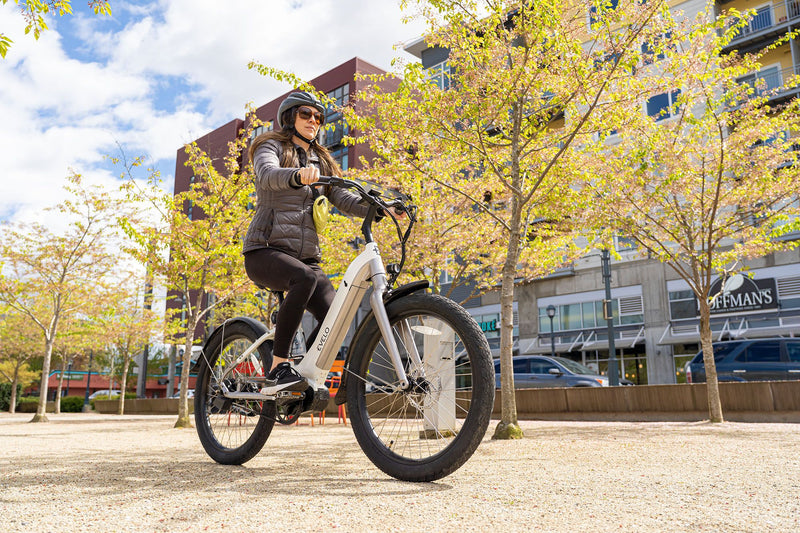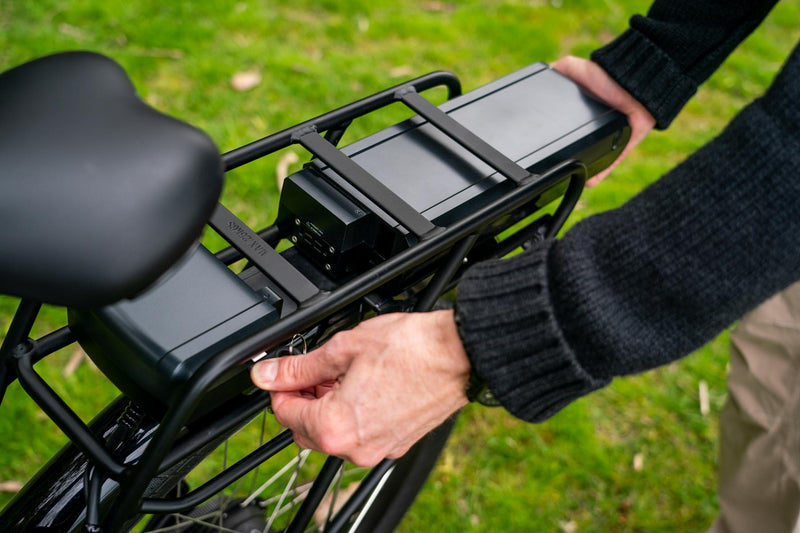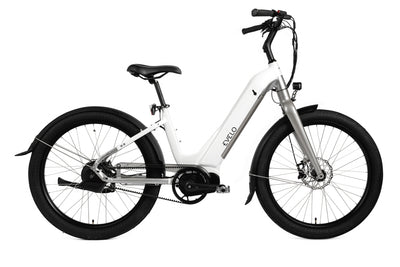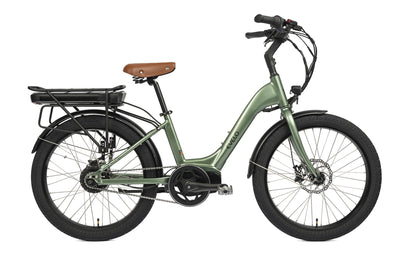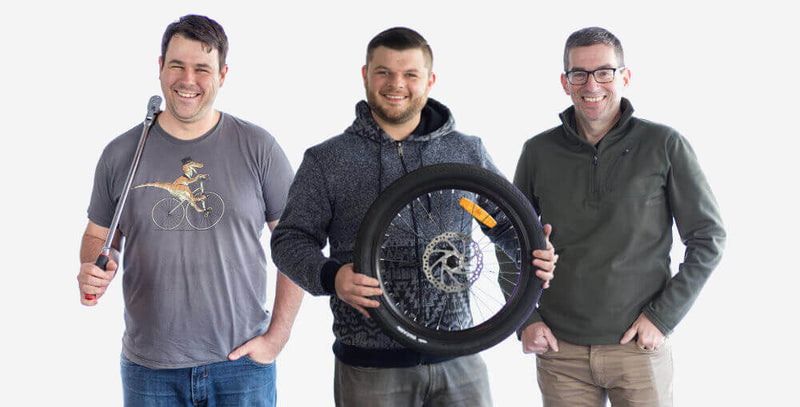In this installment of the 3 Minute Electric Bike Video Series, Bill is talking about the different motor types on electric bikes.
Three different types: there are DC motors, there are brushless DC motors and there are sensorless, brushless DC motors.
DC MOTORS
DC motors are very common. They are in your blender, your power drill and other household items. They are widely understood; this is one of the advantages of them. They are reliable but maintenance does tend to be required, there is a component called the brush that wears out and eventually the motor needs service.
One thing that is a problem with DC motors is that they are not terribly efficient which matters when you are relying on a battery to get you as far as possible; it doesn’t matter so much with a household appliance.
BRUSHLESS DC MOTORS
Brushless DC motors are more sophisticated, they use sensors. Those sensors are basically picking up information, sending it to a control unit (a small on-board computer) that then sends information back, in the form of current to the motor, to tell the motor rotate. As the motor moves through its rotation, there is an interchange of information and power delivery. It requires a complex control unit.
Wiring can be vulnerable especially on units mounted on a front hub system, so do be aware of that.
SENSORLESS BRUSHLESS MOTORS
Lastly, there is sensorless, brushless motors. They are a little more advanced and not very common.
The advantages are that they are light, compact and are a simple motor with reliable wiring.
The down side, starting can be awkward. They tend to be very jerky from the beginning until the motor spins up to speed so acceleration from a dead stop is not great. They are not very common.
Most electric bikes have the sensor brushless motors. What other motor questions do you have?



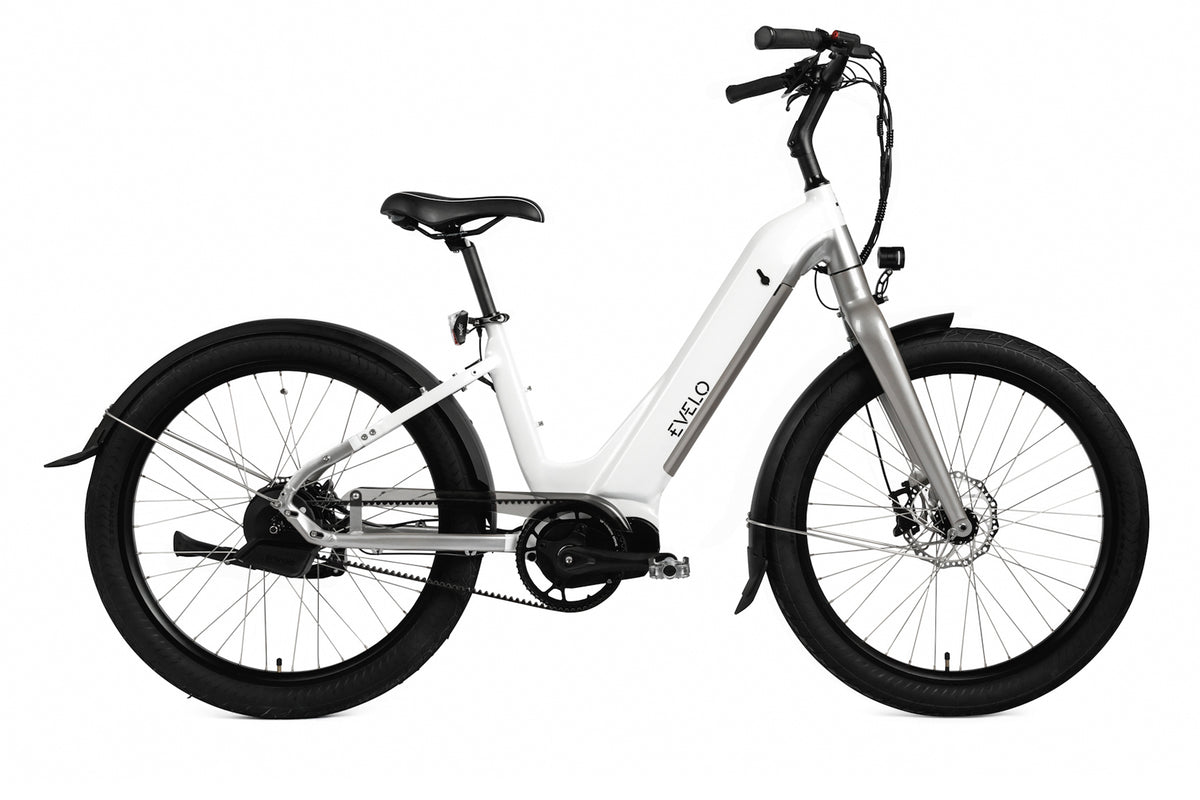
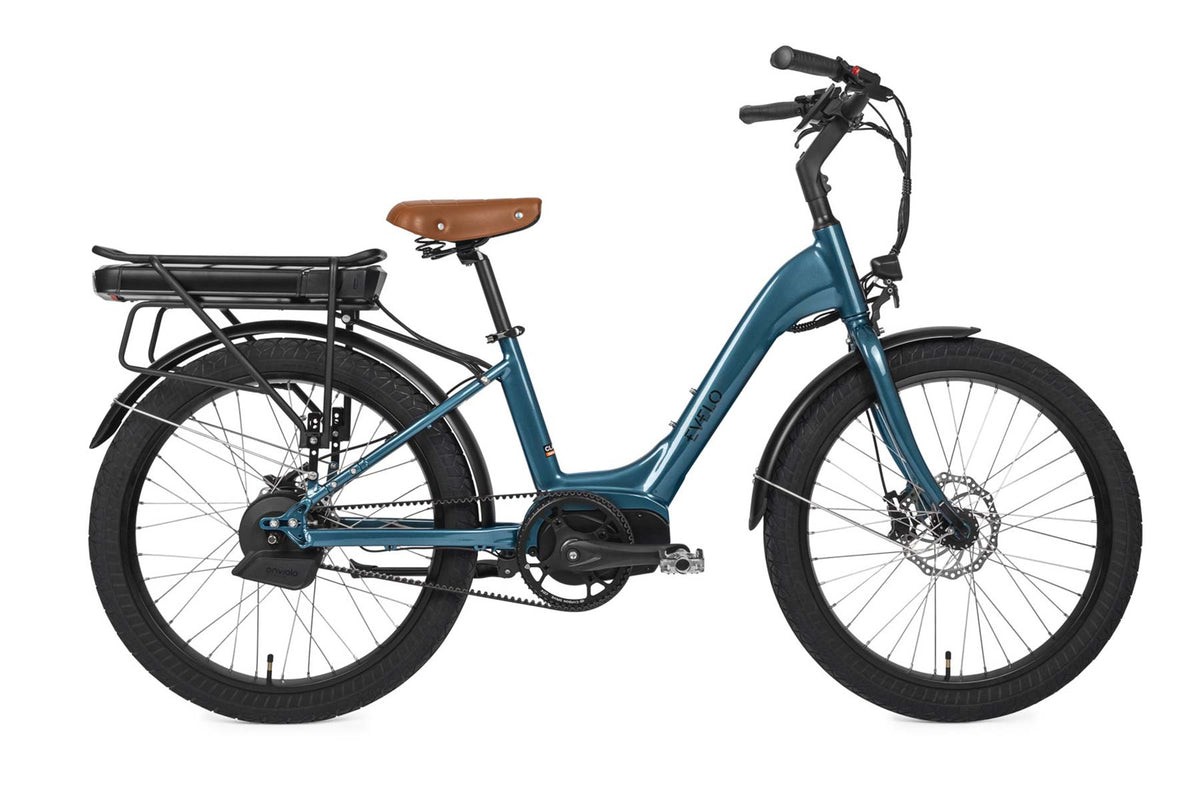


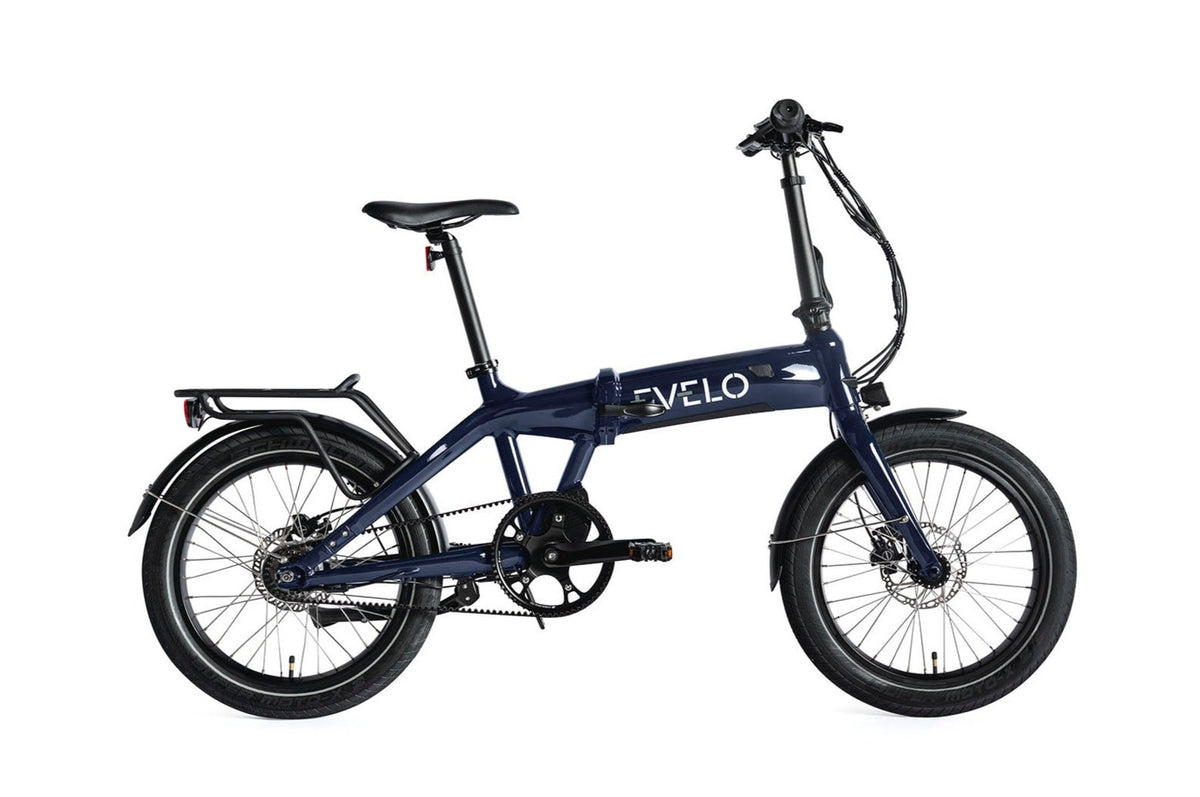
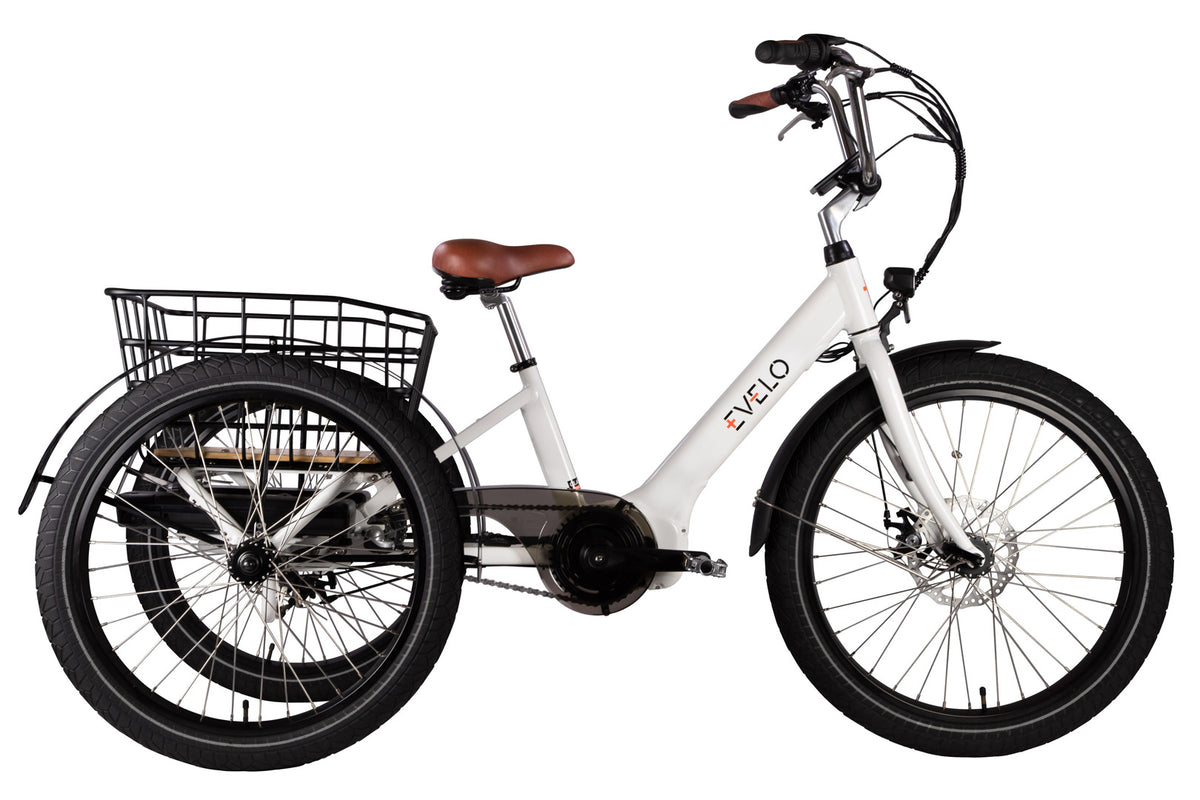
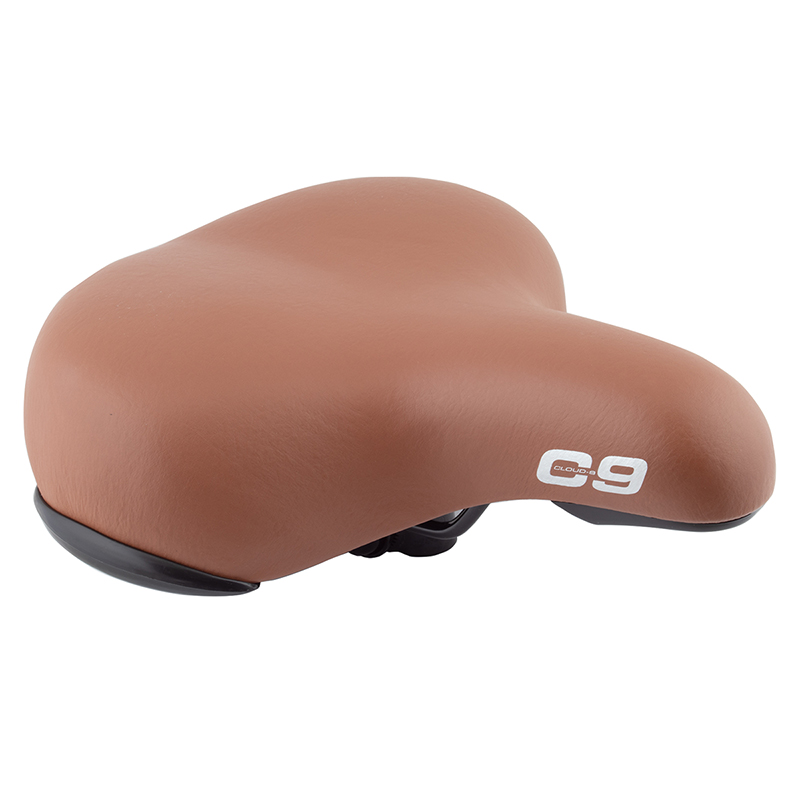
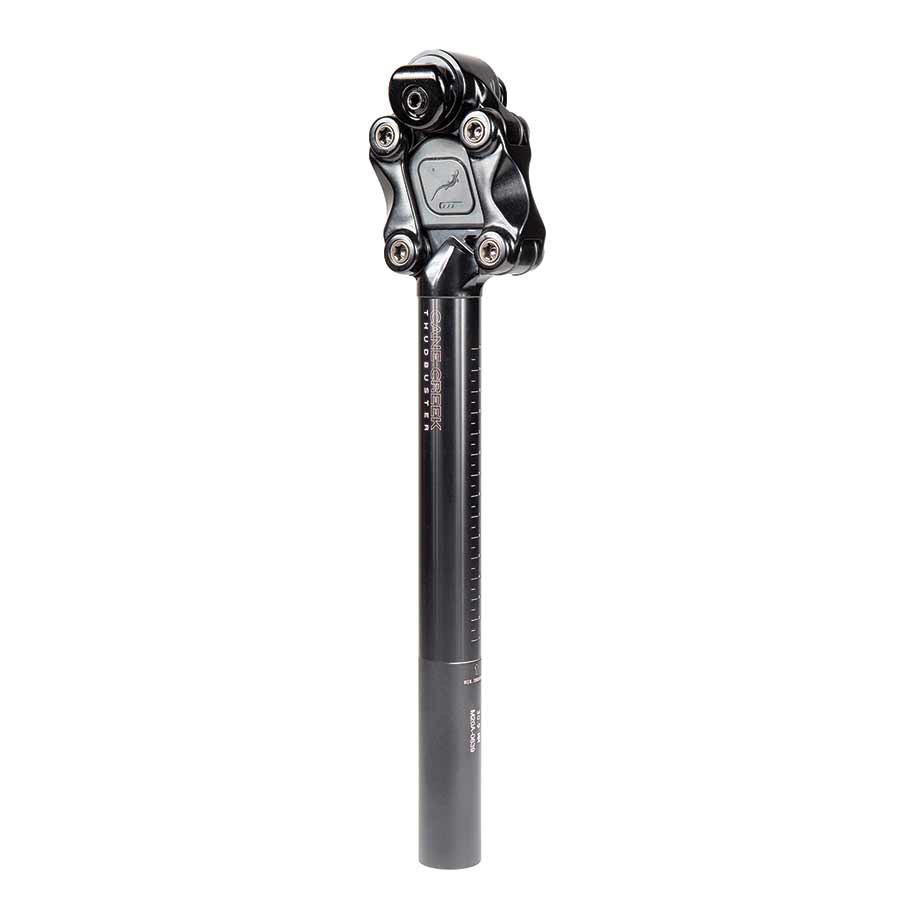
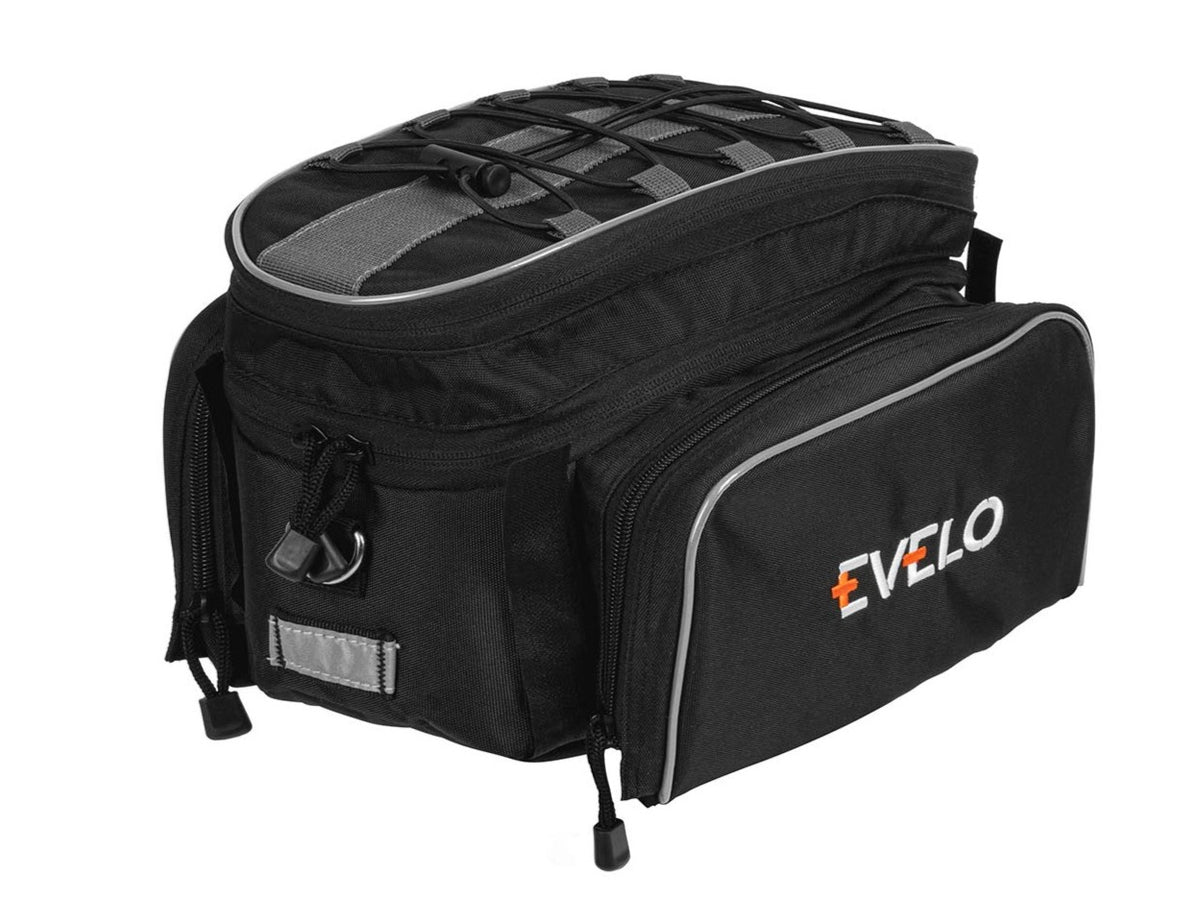
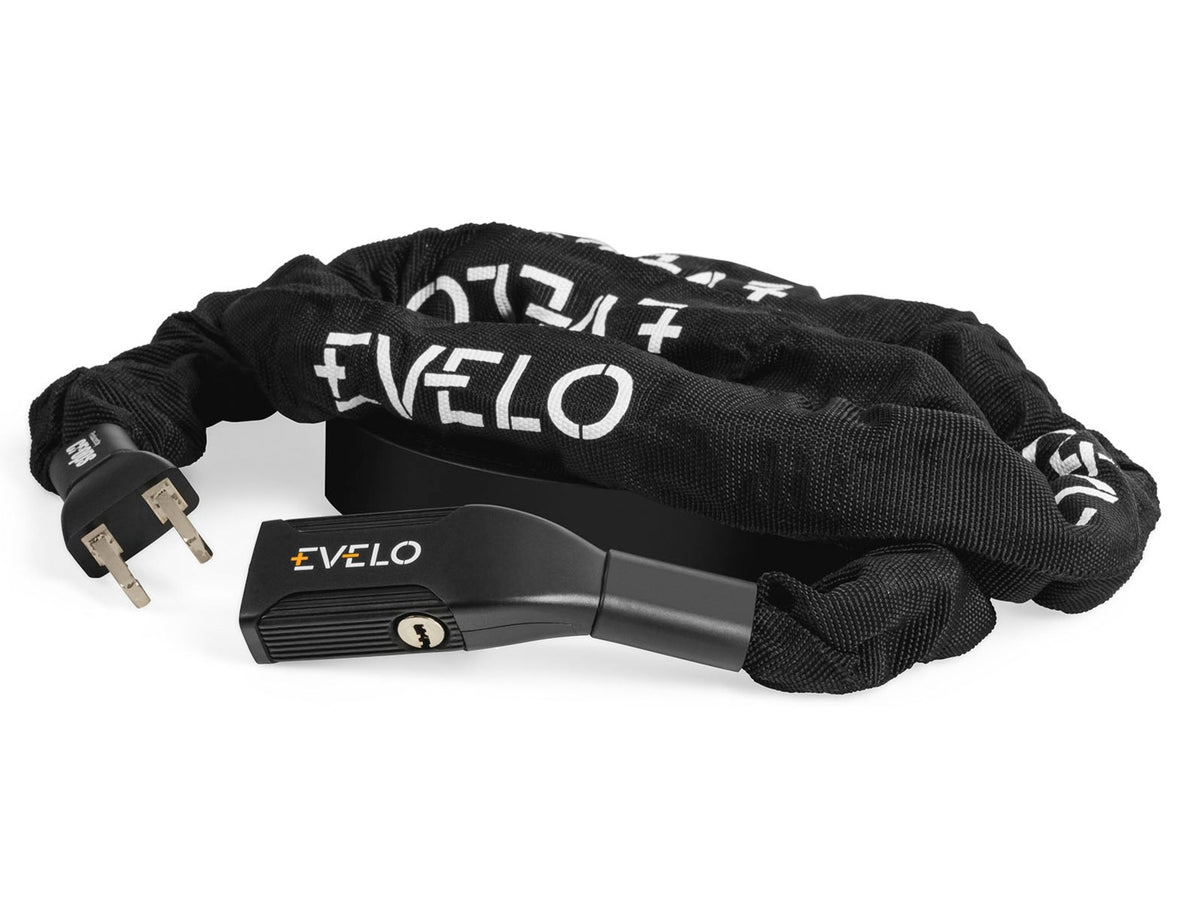




 Easy Assembly
Easy Assembly
 Service and Repairs
Service and Repairs
 Ebike Articles & Content
Ebike Articles & Content

